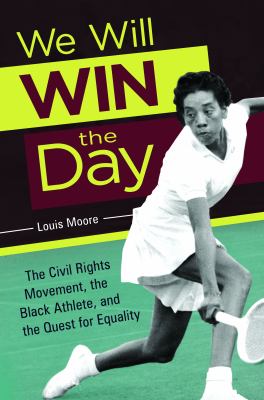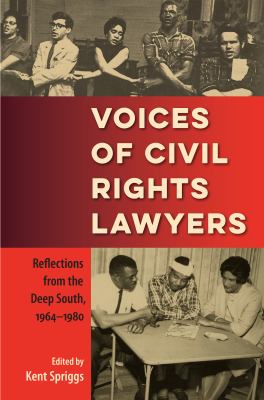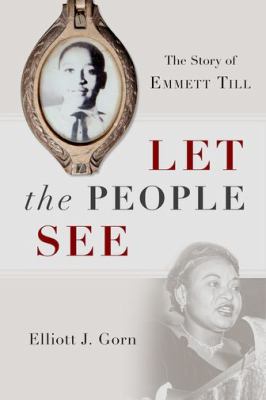Three on the Third is a monthly series in which we highlight three books new to the library collection. Summaries of the books will be provided along with shelf location and a link to the item in the catalog. This month we are featuring several exciting new additions to our collection.
We Will Win the Day
by Louis Moore

James “Mudcat” Grant would not sing the right words. He knew they were a lie. Home of the Brave. Land of the Free. For who? Not black Americans. Not in 1960. Grant remembered vividly growing up in poverty in Lacooche, Florida, in a shack that had no hot water, no electric lights, or an indoor toilet, while his widowed mother supported her family on her menial wages working as a domestic in white people’s home and then trying to supplement her meager wages at the local citrus plant. He remembered the white kids who would bully the black kids and call them racist names, the white cop who pointed a gun at him while his partner kicked him in the rear, and the unequal school system where black kids received old school supplies deemed unfit for white kids, where he studied in a school that was really a house with blankets dividing the classrooms. There were the segregated spring training games in Florida, his Cleveland Indians teammates who yelled racist remarks at black fans, and his pitching coach, Ted Wilks, who in 1947 as a member of the St. Louis Cardinals tried to organize a boycott to avoid playing Jackie Robinson and the Brooklyn Dodgers, and as a pitcher regularly threw at the heads of black batters.
GV706.32 .M66 2017
Catalog Link – We Will Win the Day
Voices of Civil Rights Lawyers
Edited by Kent Spriggs

While bus boycotts, sit-ins, and other acts of civil disobedience were the engine of the civil rights movement, the law provided context for these events. Lawyers played a key role amid profound political and social upheavals, vindicating clients and together challenging white supremacy. Here, in their own voices, twenty-six lawyers reveal the abuses they endured and the barriers they broke as they fought for civil rights. These eyewitness accounts provide unique windows into some of the most dramatic moments in civil rights history–the 1965 Selma March, the first civil judgment against the Ku Klux Klan, the creation of ballot access for African Americans in Alabama, and the 1968 Democratic Convention. The narratives depict attorney-client relationships extraordinary in their mutual trust and commitment to risk-taking. White and black, male and female, northern- and southern-born, these recruits in the battle for freedom helped shape a critical chapter of American history.
E185.615 .V63 2018
Catalog Link – Voices of Civil Rights Lawyers
Let the People See
by Elliott J. Gorn

Everyone knows the story of the murder of young Emmett Till. In August 1955, the fourteen-year-old Chicago boy was murdered in Mississippi for having–supposedly–flirted with a white woman named Carolyn Bryant, who was working behind the counter of a store. Emmett was taken from the home of a relative later that night by white men; three days later, his naked body was recovered in the Tallahatchie River, weighed down by a cotton-gin fan. Till’s killers were acquitted, but details of what had happened to him became public; the story gripped the country and sparked outrage. It continues to turn. The murder has been the subject of books and documentaries, rising and falling in number with anniversaries and tie-ins, and shows no sign of letting up. The Till murder continues to haunt the American conscience. Fifty years later, in 2005, the FBI reopened the case. New papers and testimony have come to light, and several participants, including Till’s mother, Mamie Till Mobley, have published autobiographies. Using this new evidence and a broadened historical context, Elliott Gorn delves into facets of the case never before studied and considers how and why the story of Emmett Till still resonates, and likely always will. Even as it marked a turning point, Gorn shows, hauntingly, it reveals how old patterns of thought and behavior linger in new faces, and how deeply embedded racism in America remains. Gorn does full justice to both Emmett and the Till Case–the boy and the symbol–and shows how and why their intersection illuminates a number of crossroads: of north and south, black and white, city and country, industrialization and agriculture, rich and poor, childhood and adulthood.
HV6465.M7 G67 2018
Catalog Link – Let the People See
